According to the transmission line fact mentioned at below paragraph.
So I made a circuit using ADS as below to testified it. There is a voltage controlled current source (gain=1) that draw current (1mA) from Vnode.
As we can see from the below graph, initially the voltage of Vnode drops to -46.15mV since 120//75 = 46.15 Ohm. Later on the Vnode stabilized to -66.167mV as 120//150 = 66.67 Ohm.
So the transmission line idea is verified to be true.
Now the issue is how I can realize this voltage controlled current source using electrical components instead of the VCCS model provided by the ADS.
The tricky part is that I need to sink current in a way I can still know the overall impedance derived from the current drawn and the voltage dropped at Vnode.
I tried a few voltage controlled current source ideas, but they require me to put positive DC voltage at Vnode which give me no way to derive the impedance. Like below, the current flows in a different way and the Vnode is constant.
Any idea is appreciated, Thank you.
